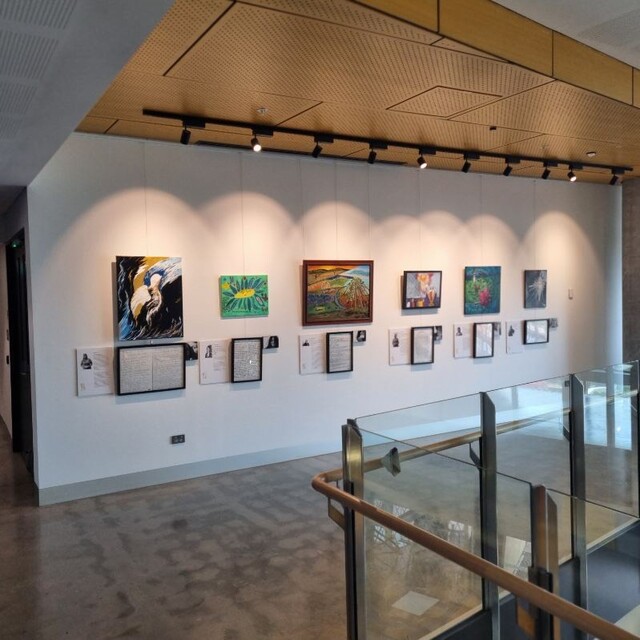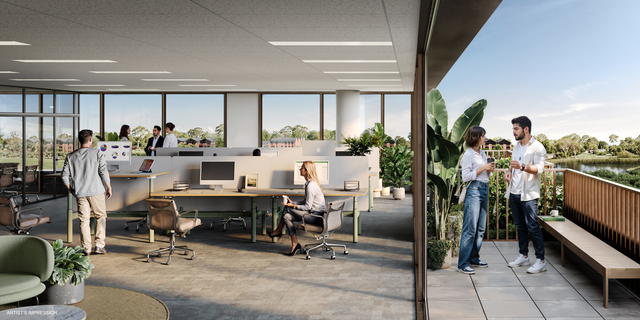The Hume Freeway between Donnybrook Road and the Metropolitan Ring Road is being tipped to become Melbourne’s most congested road by 2031.
Infrastructure Australia’s 2019 infrastructure audit predicts that within the next 12 years congestion on the Hume Freeway will be so severe that motorists travelling from Donnybrook Road to the ring road will be delayed by 39 minutes during the morning peak.
At night, motorists will be facing delays of 31 minutes.
At the moment, the freeway is considered to be “lightly congested” and doesn’t feature in the top 10 most congested roads in Melbourne.
Infrastructure Australia chairwoman Julieanne Alroe said the predicted congestion on the Hume Freeway was the result of population growth in the north and that it highlighted the need for sustained investment in infrastructure in the next 15 years.
“Changing and growing demand, and a mounting maintenance backlog, is putting unprecedented pressure on the infrastructure services each and every Australian relies on,” she said.
“The current infrastructure program must do more than plug the immediate funding gap, but instead deliver long-term changes to the way we plan, fund and deliver infrastructure.”
The infrastructure audit predicts the Tullamarine Freeway and the trip from Epping to the city via High Street and St Georges Road will be in the top most congested routes by 2031.
The report follows recent lobbying by Whittlesea council for the E6 freeway to be built by 2031. The 23-kilometre freeway would connect the Hume Freeway with the ring road.
Mayor Lawrie Cox said Infrastructure Australia’s findings backed the recent campaigns.
“Land along the route is already reserved and there are no known impediments to building the road, yet there has been no commitment from either government to announce construction works,” he said.
“We need to start planning for the E6 now so we can complete construction and prevent the level of congestion predicted by Infrastructure Australia.”






